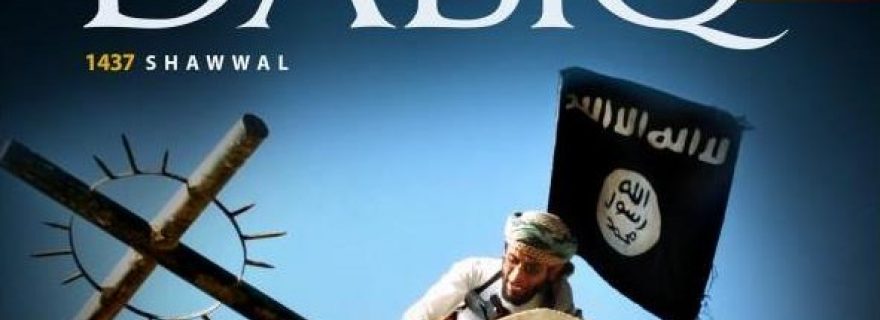Analyzing Non-State Actors
Among academics it is debated how to analyze non-state actors like IS. Recent research argues that existing state-centric analytical models can be applied to non-state actors too.
Now that Islamic State (IS) is being pushed back, international attention focuses on the assault on one of IS’ strongholds: Mosul. Media speculate on what IS will do as soon as it is cornered there. Accurate scientific analysis might help to provide better insight on how IS will respond.
From a scientific perspective, a key question is how to analyze an actor such as IS, which just like a state controls a territory, claims a monopoly of violence and pursues a foreign policy, but is not recognized as a state. Scholars observe a trend in which non-state actors increasingly gain importance in international politics at the cost of state actors. Traditionally, foreign policy analysis is state-centric. It usually focuses on a cost-benefit calculation based upon perceived threats and opportunities, procedures within key organizations within the state, or political bargaining among key individuals.
Some scholars suggest that new models for analysis are needed, because state-centric foreign policy analysis models do not fit non-state actors like IS. Recent research however, argues that the existing state-centric analytical models can be applied to non-state actors too. Actually, most analyses of non-state actors in media are – implicitly – conducted in a similar fashion.
From a practical point of view, it is challenging to establish a clear line between state and non-state actors. Some non-state actors control territory, have a monopoly of violence and pursue foreign policy. Some of them even label themselves a state, like IS. With the difference between state and non-state actor so difficult to discern, and actually more moving on one spectrum, analyzing state and non-state actors by using the same analytical models seems appropriate. An additional benefit of using existing, well-known models for analyzing non-state actors, is that the models can be applied for comparative research between these and state actors. Moreover, using them enables analyses of interaction between state and non-armed state actors, which can be expected to occur more often due to the increasing role non-state actors play in world politics. The struggle over Mosul is a case in point and the international coalition needs accurate academic analyses. The tools needed are available for that.
More information on how to analyze non-state actors - in particular within the Middle East - is available in a recently published article.


